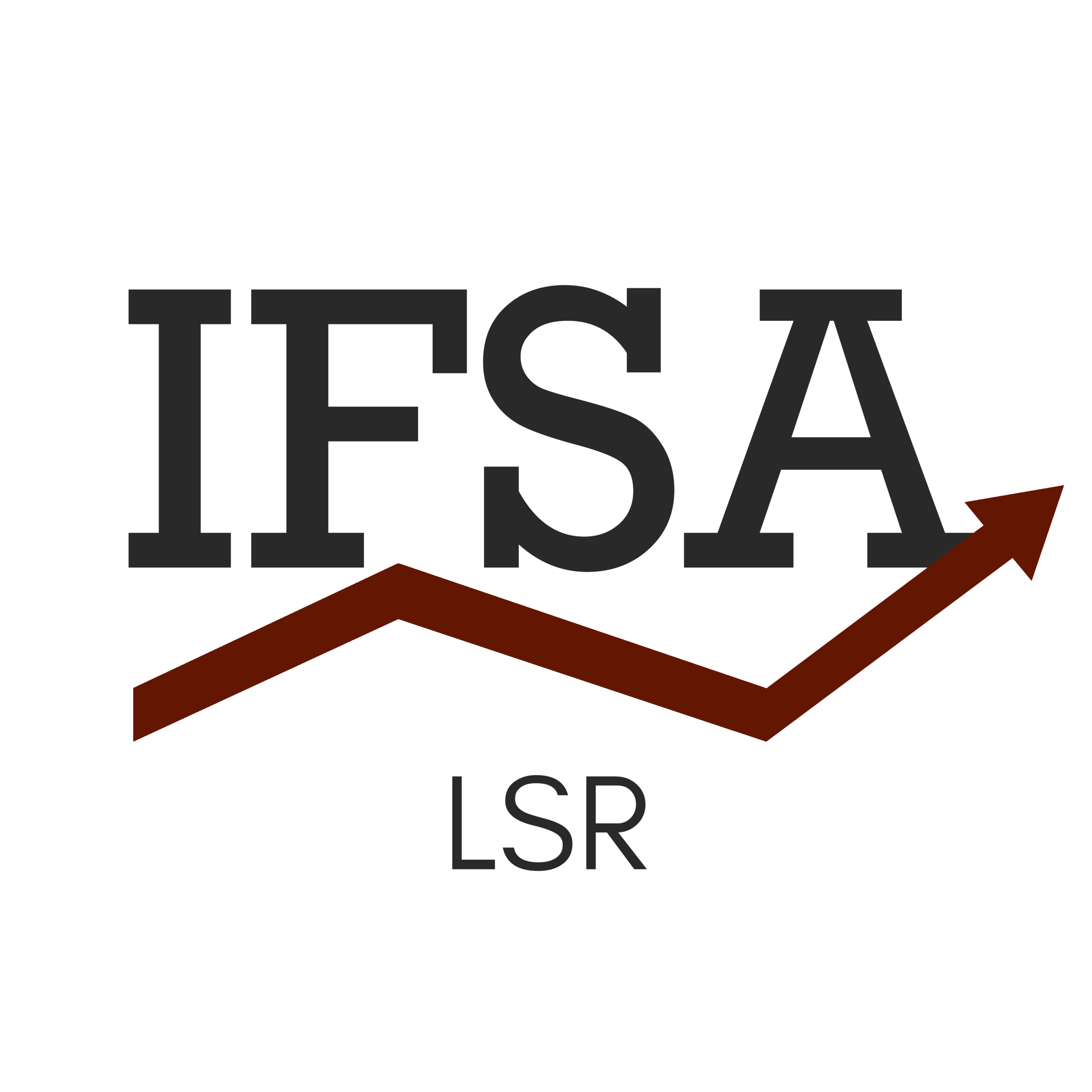Beyond the Masks: Charting the Global Economy’s Recovery
The years 2020 and 2021 brought upon an unprecedented upheaval in all spheres of life. With nearly 700 million citizens fighting the deadly disease, world economies weren’t keeping up either. Coupled with a few other economic issues, recent years have been tumultuous for economies worldwide and even after 3 years, governments are still recovering from the collateral damage faced during the pandemic.
The IMF reports that the global growth rate has dropped down from 3.5% in 2022 to 3.0% in 2023, and will further reduce to 2.9% in 2024. Surprisingly, the economic slowdown in robust and established economies is more profound than in developing countries. Advanced economies were subjected to decline from 2.6% in 2022 to 1.5% in 2023 and 1.4 % in 2024 in growth, whereas emerging markets faced a modest decline from 4.1% in 2022 to 4.0% in both 2023 and 2024. Moreover, due to resilient consumption and investment patterns in America, the European market is more compromised than the US economy at present.
Case in Point: Luxembourg
An accurate archetype of such an economy is Luxembourg. Once renowned for its economic prowess and status as one of the strongest developed countries, Luxembourg did not remain unaffected by the global recession scenarios.
Despite some imbalances, Luxembourg, nonetheless, has been more resilient than its counterparts and came out of the pandemic in a great position. Real GDP for Luxembourg witnessed an increase of 5.1% in 2021. However, the growth trajectory has dwindled after the pandemic years. There was a sharp decline in its GDP growth, to 0.4% in 2023. Catalysts for such a change were many, ranging from economic factors to geo-political conflicts.
Russia – Ukraine Conflict
Russia’s invasion of Ukraine had devastating effects, especially in Europe. The war had instigated a massive wave of immigration, with Luxembourg welcoming about five thousand refugees from Ukraine. There was volatility and apprehension in the market. Many industrial engineering companies were forced to shut down their sites in Russia and Ukraine. The market shares of industries like chemicals, plastics, wood pulp, base metals, electrical appliances, and transportation equipment were also disrupted. In 2020, Luxembourg exported goods amounting to 407 million euros to Russia and 80 million euros to Ukraine, which dropped to zero after the hostile conditions created in 2022. Moreover, Russia, being Luxembourg’s second largest supplier of natural gas, had posed threats of a price hike in energy resources in the country.
Financial Constraints
The tightening of monetary policy in the euro area, which resulted in a decline in investment and higher redemptions and negative valuations in the funds business, was one of the main causes of the slower economic growth. Compared to other business structures, corporate, private, and universal banks were more impacted. The recent global banking crisis hasn’t had a significant immediate effect on Luxembourg’s liquidity as of yet. Authorities were keeping an eye on liquidity on a daily basis, and banks were expected to report any violations (even potential future LCR violations). Authorities used stress tests to evaluate hidden losses on held-to-maturity securities after an interest rate shock, and the results showed that banks were generally well-positioned to absorb these losses if they occurred.
Soaring Inflation
Although banks experienced short-term advantages from increased interest rates, a more pronounced and enduring rise in borrowing expenses, coupled with elevated input costs for businesses, has the potential to negatively impact the quality of assets and the valuation of collateral. Additionally, this situation hindered credit growth, particularly in the mortgage sector, and can potentially lead to a more significant adjustment in house prices than anticipated.
Increased inflation resulted in elevated operating expenses, including higher wages, for financial institutions. The heightened volatility in financial markets hindered asset growth in investment funds, custodian banks, and private banking. This situation had also raised the likelihood of disorderly adjustments, market dysfunction, and Black Swan events, intensifying liquidity risks, as evidenced by recent global banking events.
Housing Sector Crisis

Read more : Luxembourg Grapples With Housing Crisis
Even though Luxembourg has the highest average income in the European Union, the housing sector was going through a considerably rough patch that had drawn significant attention before its legislative elections. The inflated prices had incited a sense of apprehension in terms of lower investment returns and exorbitant borrowing rates. Under tighter credit standards and high mortgage rates, new buyers were finding it difficult to access credit in the short term. Affordably priced housing had become increasingly rare, especially for young people and single-parent households.
Consequently, the demand for rental properties was on a rise, and pressure was building on overburdened tenants. The absence of an inheritance tax encouraged landowners to retain valuable land without developing it, which drove up prices and exacerbated the housing crisis.
To pose additional difficulties, Luxembourg was also facing a slowdown in the construction sector, potentially prompted by insolvencies and high construction cost. Many people were gradually compelled to look for accommodation outside of their country, in neighbouring nations.

Read more : Construction Sector in a “State of Crisis”
Political parties had actively pledged to take action. Plans ranging from establishing a specialized housing ministry to investing in social housing and taxing unoccupied buildings were proposed and discussed extensively. Even at present, there are structural problems that contribute to the housing crisis, such as an unequal distribution of land ownership and a significant influx of foreign workers. Native citizens own more homes than immigrants, who frequently have unstable employment. The risk of poverty persists despite high earnings and a comparatively high minimum wage, particularly for single-parent households. This discrepancy emphasizes how urgently comprehensive housing reform is needed to address the nation’s pervasive housing issues.
Labor Unrest
Mirroring the downturn in economic activity faced in 2023, the labor market also experienced a decline, with employment growth decelerating notably. In 2022, employment growth stood at a healthy 3.4%, reflecting a robust job market. However, as a clear indication of slowdown in hiring, the growth rate halved to 1.7% in 2023 and is further projected to reduce to 1.2% in 2024. Although it is expected to increase to 1.5% in 2025, this modest pace of recovery is a sign of persistent labor market fragility.
Unemployment rates have also been affected by these economic shifts. While unemployment reached a low of 4.6% in 2022, it rose to 5.5% in 2023. projections for the coming years indicate an increase to 5.9% in 2024 and 6.0% in 2025. This increase emphasizes the impact of economic slowdowns on job availability and stability.
Policy in Action: Examining State’s Response
In response to a significant economic shock, the government has undertaken substantial fiscal measures to bolster the economic landscape. Notably, a public wage increase had been ratified for the fiscal years 2023 and 2024, with earmarked allocations of 50 and 80 million euros, respectively. This move suggested a deliberate effort to enhance public sector remuneration, likely driven by the aim of garner support from government employees and potentially stimulate consumer spending.
Concurrently, trade unions have been instrumental in negotiating tax relief and adjustments to personal income tax brackets to counteract the impacts of inflation. This indicates a multifaceted approach to alleviate the financial burden on citizens and maintain purchasing power in the face of economic challenges.
Moreover, the government’s decision to augment support for housing demand carries strategic implications. This could be interpreted as a deliberate policy to either invigorate the real estate sector or address specific challenges within the housing market. By doing so, the government may be seeking to create a ripple effect, positively influencing related industries and contributing to overall economic resilience.
Additionally, the government has implemented several socio-economic structural policies to elevate the standard of living of its citizens. Its initiative to extend obligatory education by two years to the age of 18 is a welcome first step towards mitigating the high dropout rates among immigrants. There is still an opportunity for more actions to facilitate young immigrants’ entry into the workforce and reduce unemployment.
The rate of labor force participation among adults over 55 is among the lowest in Europe. The long-term viability of the pension system was increased by decreasing the replacement rate, which was the highest in Europe, and disincentivizing early retirement while encouraging lifelong learning. This ensured maximum utilization of the country’s workforce, reducing the need to depend on external hiring.
The Bottom Line
Despite the challenges faced by Luxembourg’s economy, there are potential solutions and a positive outlook for the future. By focusing on attracting new industries and investments, the country can diversify its economy and create more opportunities for entrepreneurship and innovation. Additionally, investing in education and skill development will ensure a skilled workforce that can adapt to changing economic conditions. Implementing long-term economic strategies will provide stability and sustainability for the economy. While the current situation may have reduced purchasing power and increased the cost of living, there is hope for recovery and an improvement in the standard of living for all individuals and families in Luxembourg.
References
- Coronavirus cases, Worldometer. https://www.worldometers.info/coronavirus/
- Economic Forecast for Luxembourg (2020) Economy and Finance. https://economy-finance.ec.europa.eu/economic-surveillance-eu-ecnomies/luxembourg/economic-forecast-luxembourg_en#:~:text=Real%20GDP%20growth%20is%20projected,explains%20the%20improvement%20in%202024.
- Chanemougame, N. and Bontemps, E. (2022) Financial impact of the Ukraine-Russian war in Europe and Luxembourg., Square Management. https://www.square-management.com/articles/financial-impact-of-the-ukraino-russian-war-in-europe-and-luxembourg/
- Note of Conjecture (2023) Note de conjoncture 2-23 – Statistics Portal – Luxembourg. https://statistiques.public.lu/en/actualites/2023/ndc-02-23.html#:~:text=STATEC%20therefore%20expects%20a%20slight,to%20keep%20domestic%20demand%20intact
- IMF (2023) Luxembourg, IMF Country Report No. 23/176. https://www.bing.com/ck/a?!&&p=f2ca80ed8f573682JmltdHM9MTcwNjc0NTYwMCZpZ3VpZD0wOGQzZWIwYS1jZDgyLTZjMTUtMzdlYS1mOTc3Y2MxOTZkNTEmaW5zaWQ9NTIwMw&ptn=3&ver=2&hsh=3&fclid=08d3eb0a-cd82-6c15-37ea-f977cc196d51&psq=luxembourg+economy+as+per+imf+in+2023&u=a1aHR0cHM6Ly93d3cuaW1mLm9yZy8tL21lZGlhL0ZpbGVzL1B1YmxpY2F0aW9ucy9DUi8yMDIzL0VuZ2xpc2gvMUxVWEVBMjAyMzAwMS5hc2h4&ntb=1

